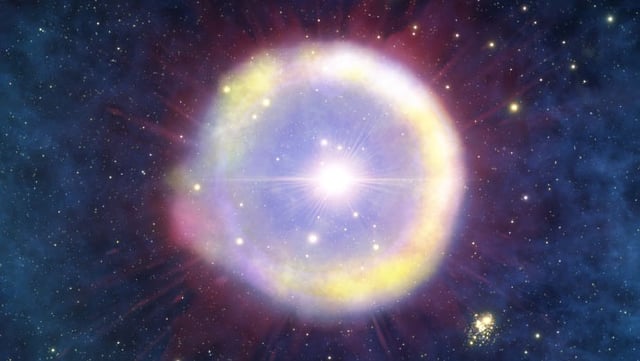Overview
- Researchers have developed the first comprehensive model linking 21-cm hydrogen signal variations to the mass distribution of Population III stars.
- The simulations factor in ultraviolet starlight and X-ray emissions from early X-ray binaries and correct previous underestimates of signal dependence.
- REACH, now in calibration, is set to apply these predictions to capture faint 21-cm fluctuations from roughly 100 million years after the Big Bang.
- Under construction in South Africa and Chile, the Square Kilometer Array will use the model’s forecasts to map large-scale cosmic signal fluctuations.
- This work paves the way to infer the masses, luminosities and population properties of the universe’s first stars during the cosmic dawn.

